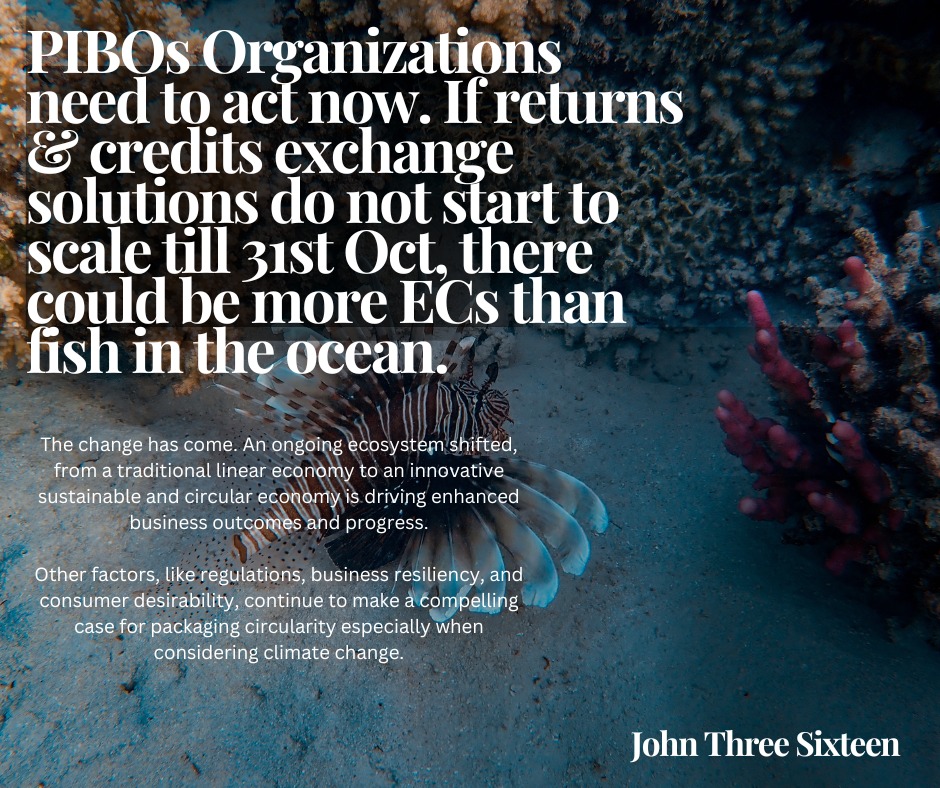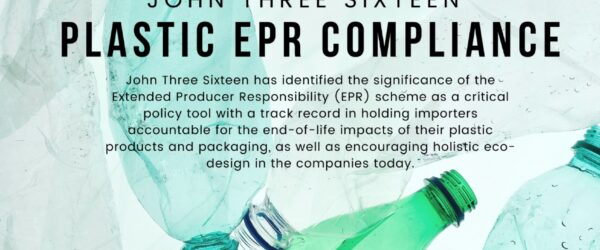If returns & credits exchange solutions do not start to scale till 31st Oct, there could be more ECs than fish in the ocean.
The change has come. An ongoing ecosystem shift, from a traditional linear economy to an innovative sustainable, and circular economy is driving enhanced business outcomes and progress. Other factors, like regulations, business resiliency, and consumer desirability, continue to make a compelling case for packaging circularity especially when considering climate change.
Business leaders can drive the circular economy transition, reducing the dependency on plastics and aligning with evolving waste regulations. By combining authenticity and transparency with cross-industry and cross-value chain collaborative actions, companies can actively contribute to a sustainable packaging future and attain their packaging targets while transforming the industry for a circular future.
The future of packaging in the circular economy shines a light on the circular packaging challenges that consumer goods companies are facing, while also identifying five strategic actions that leading PIBOs organizations must embrace to build a more circular future.
Token gestures won’t work — we need radical action and transparency
With the stringent regulatory environment and stakeholder pressure, the consumer goods industry faces a clear choice. It can either continue to be part of the plastic packaging problem or it can lead the way in identifying and embracing viable solutions. The first step is recognizing what doesn’t work, starting with the lack of transparency. Consumer goods companies have an opportunity to use their voices and acknowledge the facts.
In the last decade, the world has produced approximately as much plastic as in the second half of the 20th century and production is still increasing at exponential rates. Scientific experts argue that the anticipated Global Plastic Treaty should put a cap on global plastic production from virgin feedstock with targets, timetables, and national contributions.
As we approach the midpoint of the Decade of Action, we must pick up the momentum for change. By discussing past mistakes and learnings, business leaders can avoid repeating them and instead prioritize developing scalable solutions that can make a lasting impact.




